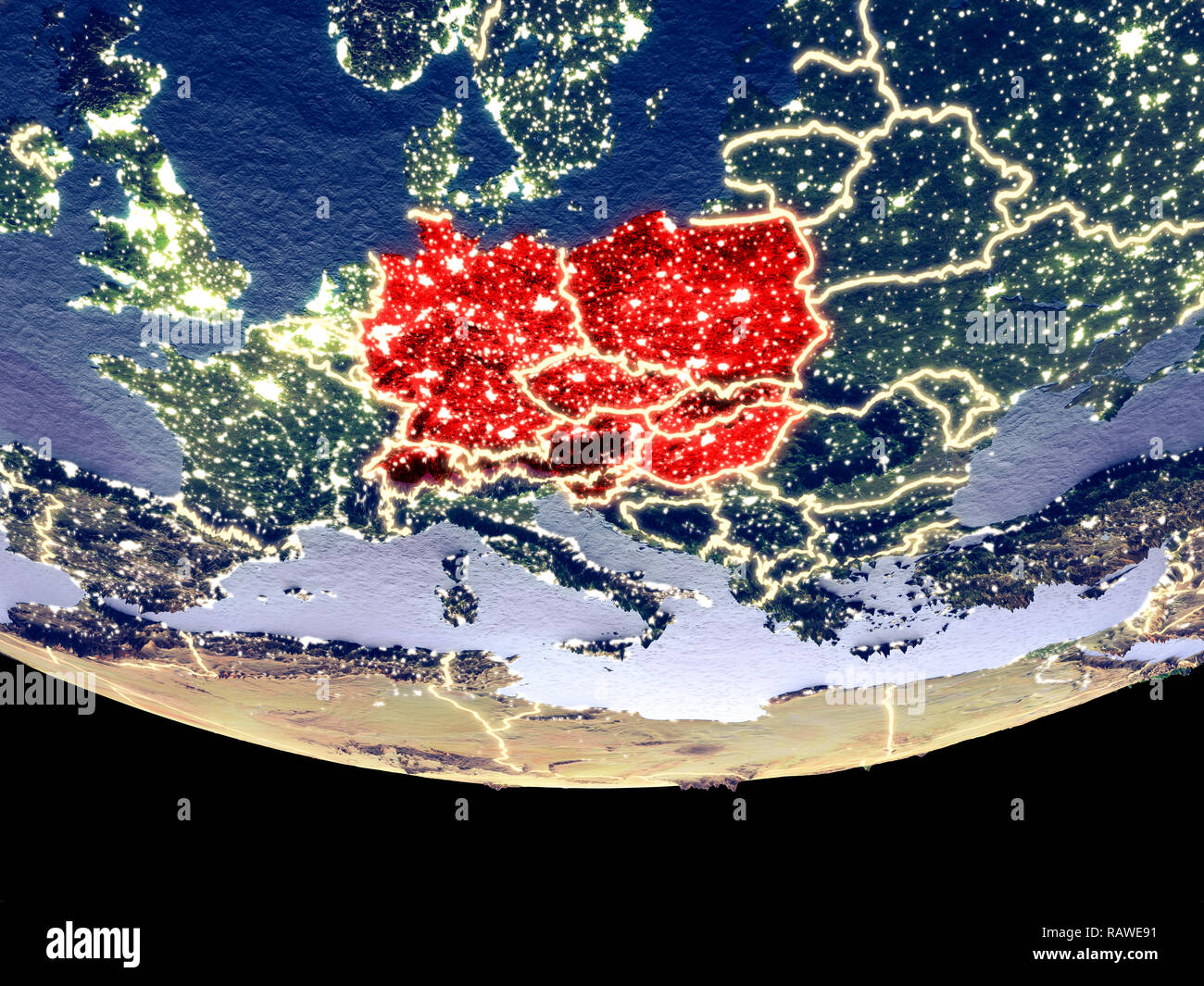

* For 2012 annual VNL V2, there are two sets. The new methodology is a modification of the original method based on nightly data (Annual VNL V1). Thus, researchers may also apply the v2.1 lit masks on each of the months for each year.Ī new consistently processed time series of annual global VIIRS nighttime lights has been produced from monthly cloud-free average radiance grids spanning 2012* to 2020. However, we also have the updated v2.1 lit masks for all the years from 2012-2021. The 2021 annual lit mask is already there on the website, and researchers who are interested may apply the v2 annual lit mask to all the months of 2021. For example, the 2020 lit mask was applied on all the months of 2020. It is up to the users to determine which set is best for their applications.įor each of the months from 2012 - 2020, for the monthly non-tiled versions, the annual v2 masks for each year were applied to all the months for that year. The "vcmsl" version, that includes the stray-light corrected data, will have more data coverage toward the poles, but will be of reduced quality. These two configurations are denoted in the filenames as "vcm" and "vcmsl" respectively. The second includes these data if the radiance values have undergone the stray-light correction procedure (Reference).

The first excludes any data impacted by stray light.

The version 1 monthly series is run globally using two different configurations. Therefore, it is imperative that users of these data utilize the cloud-free observations file and not assume a value of zero in the average radiance image means that no lights were observed. This can be due to cloud-cover, especially in the tropical regions, or due to solar illumination, as happens toward the poles in their respective summer months. In the monthly cloud-free DNB composites, there are many areas of the globe where it is impossible to get good quality data coverage for that month.


 0 kommentar(er)
0 kommentar(er)
